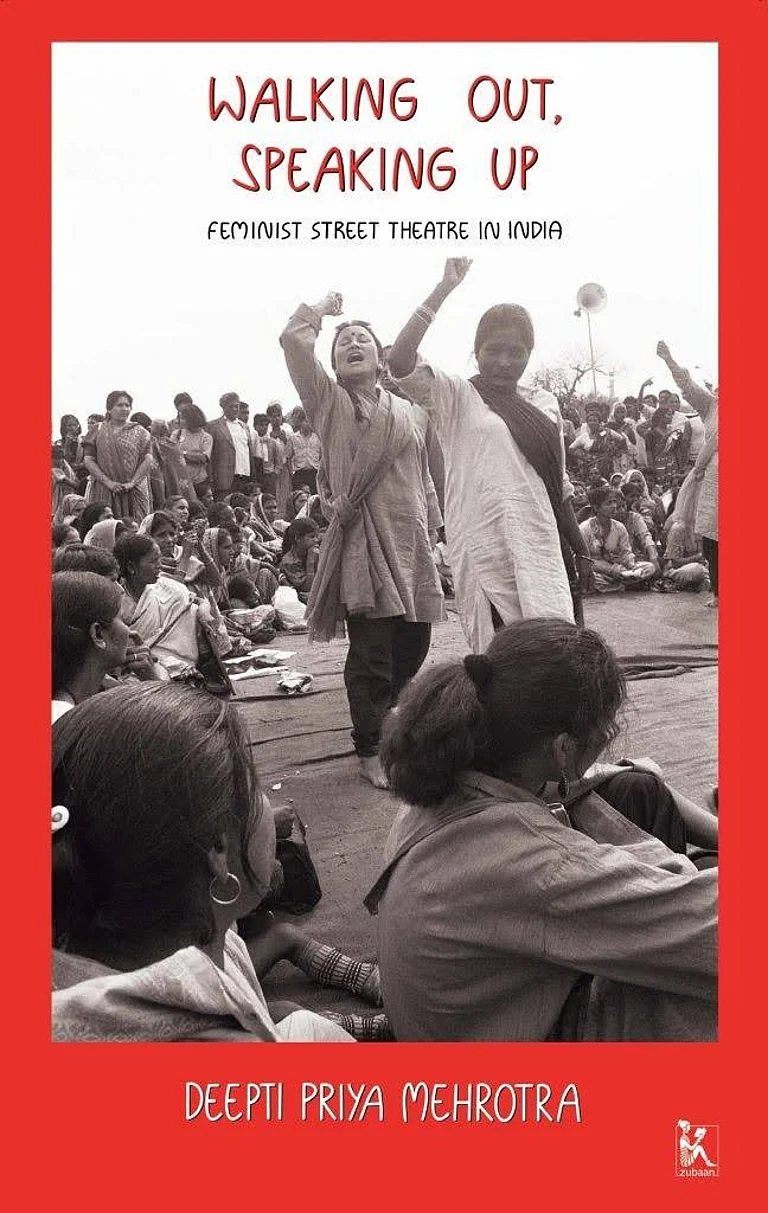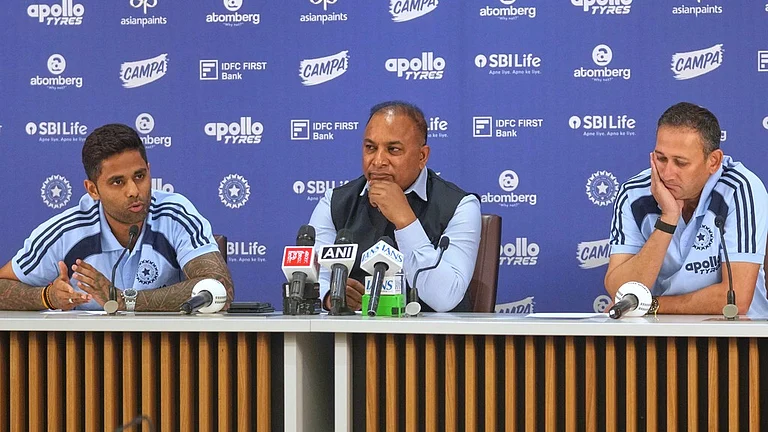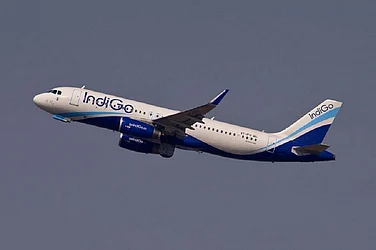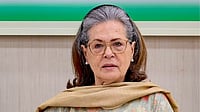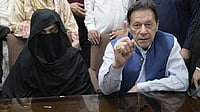Our respondents give the Government’s balance of payments (BOP) management effortsa respectable B+, but the figures speak otherwise. Infive years, the country’scurrent account deficit has risen from $1.18 billion to $6.4 billion. The import duty cutshave obviously had a greater effect than the export incentives offered.
Total net foreign capital inflows in 1995-96 are projected to declineto $2 billion from a high of $9.1 billion in 1993-94. Euro-issue inflows which variedbetween the $1.5 billion and $2 billion mark over the last two years are expected to beworth only $300 million this year. Even portfolio investment, which has been accountingfor the bulk of foreign investment, is expected to come down by $250 million to hit $1.5billion this fiscal year.
At the end of its term, this lack of foreign inflow is an entirely newproblem that the Government is facing. With foreign investment flowing in inthe firstthree years of liberalisation, there was fear of the rupee rising against the dollar,which would have hit India’s exports. But the tide has now turned: the depreciationof the rupee over the last eight months shows that after about three years of surplus, thecountry is currently short of dollars. Forex reserves have sunk from a peak of $21 billionin 1994-95 to around the $16.5 billion mark, most of which, as is often said, is hotmoney. Here today, gone tomorrow.
As regards foreign debt, it’s up from $85.3 billion in 1991-92, toperhaps $97 billion by the end of this fis-cal year. The only silver lining: the debtservice ratio, down from 30.2 per cent in 1991-92 to 27 per cent in 1995-96. But how longthe Government can sustain this in the wake of the depreciating rupee is anybody’sguess.







